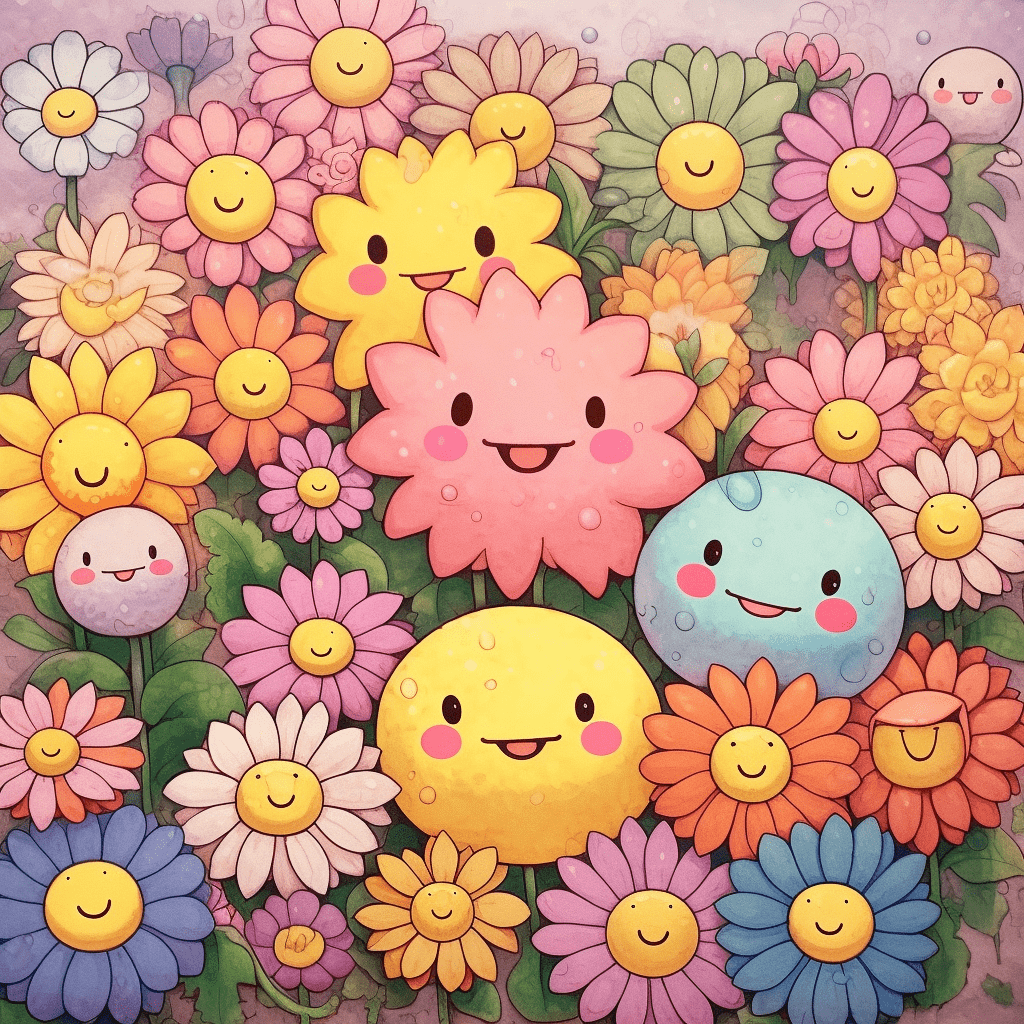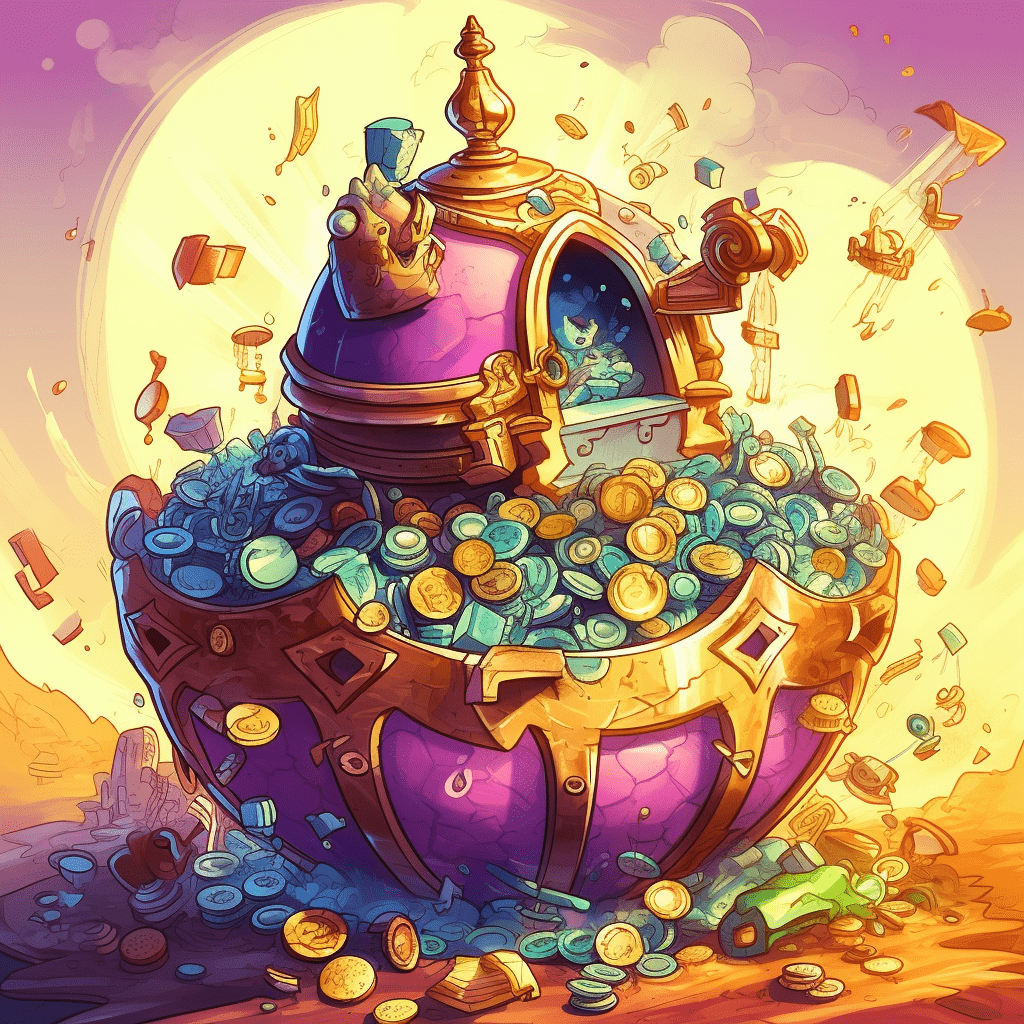As the world of NFTs continues to expand, the music industry is embracing this new technology, with artists and musicians creating unique digital assets in the form of album covers, tracks, and exclusive releases. This has piqued the interest of collectors and fans alike, leading to a growing market for these NFTs. In this article, we will explore the costs associated with music-related NFTs, the factors that influence their prices, and how you can navigate this emerging market.

NFTs for Album Covers
One of the most popular uses of NFTs in the music industry is for album covers. Artists are now turning their album artwork into NFTs, offering fans a new way to own a piece of their favorite artist’s work. The cost of album cover NFTs can vary significantly depending on the artist, the rarity of the NFT, and the demand for it.
For instance, a lesser-known artist might offer an album cover NFT for a few hundred dollars, while a more established artist with a dedicated fan base could sell their album cover NFT for thousands of dollars or more. In some cases, artists may also create limited edition NFTs with different levels of rarity, further influencing the price.
NFTs for Music Tracks
Another popular form of music NFTs is individual tracks or entire albums. Musicians can tokenize their music as NFTs, allowing fans to own a unique digital copy of the song or album. As with album cover NFTs, the cost of music track NFTs can vary widely based on factors such as artist popularity, rarity, and demand.
For example, a new or up-and-coming artist might offer a single track NFT for as low as $10, while a more established musician could price their track NFTs in the hundreds or thousands of dollars range. Additionally, limited edition NFTs or NFTs with special features, such as remixes or unreleased material, can fetch even higher prices.
Exclusive Releases and Experiences
In addition to album covers and tracks, some artists and musicians are using NFTs to offer exclusive releases and experiences to their fans. These can include things like early access to new music, virtual concert tickets, or even one-on-one interactions with the artist.
The cost of these exclusive NFTs can vary greatly depending on the type of experience offered and the artist’s popularity. For instance, a virtual concert ticket NFT might sell for anywhere from $50 to several hundred dollars, while a one-on-one interaction with a popular artist could go for thousands of dollars or more.
Factors Influencing NFT Prices in Music

As with other types of NFTs, several factors can influence the cost of music NFTs, including:
- Artist popularity: The more popular an artist is, the higher the demand for their NFTs, which can drive up prices.
- Rarity: Limited edition or rare NFTs tend to be more valuable, as collectors are willing to pay a premium for exclusive items.
- Demand: The more demand there is for a particular NFT, the higher its price is likely to be.
- Utility: NFTs that offer additional utility or experiences, such as exclusive content or access, can command higher prices.
- Market trends: The overall market for NFTs can also influence the cost of music NFTs, with general trends in the crypto and NFT space impacting prices.
Navigating the Music NFT Market
If you’re interested in purchasing music NFTs, it’s essential to do your research and stay informed about market trends and developments. Several platforms and marketplaces specialize in music NFT
sales, such as OpenSea, Rarible, and SuperRare, which can help you explore the available offerings and make informed decisions about which NFTs to purchase.
When buying music NFTs, it’s crucial to consider factors such as the artist’s popularity, the NFT’s rarity, and the utility it offers. Additionally, it’s essential to be aware of the potential risks associated with investing in NFTs, such as market volatility and potential copyright issues.
Promoting artists and supporting the music industry
The growing popularity of music NFTs has the potential to reshape the music industry and provide new revenue streams for artists. By tokenizing their work, musicians can maintain control over their intellectual property while still offering fans the opportunity to own a unique digital asset.
As more artists embrace NFTs, we can expect to see a growing market for music-related digital assets, with increased demand driving up prices and creating new opportunities for both artists and collectors. This shift towards digital ownership has the potential to promote creativity and empower artists, ultimately benefiting the entire music industry.
Conclusion

The cost of NFTs in music, whether it’s album covers, tracks, or exclusive releases, can vary widely based on several factors such as artist popularity, rarity, demand, and utility. As the music industry continues to embrace NFTs, collectors and fans alike have the opportunity to own unique digital assets and support their favorite artists. Navigating this emerging market requires research, knowledge of market trends, and awareness of the potential risks involved. By staying informed and making educated decisions, you can successfully explore the world of music NFTs and invest in the digital assets that resonate with you.
